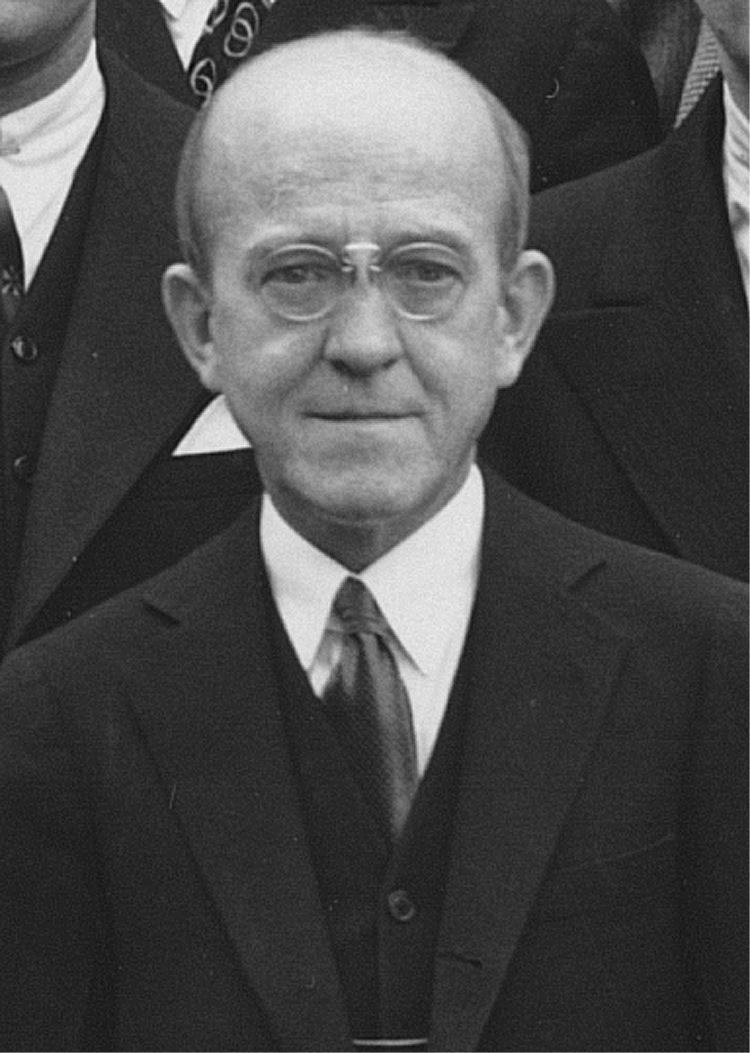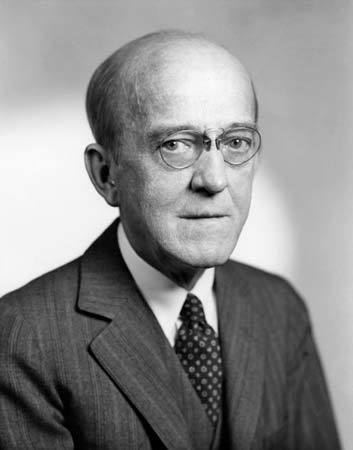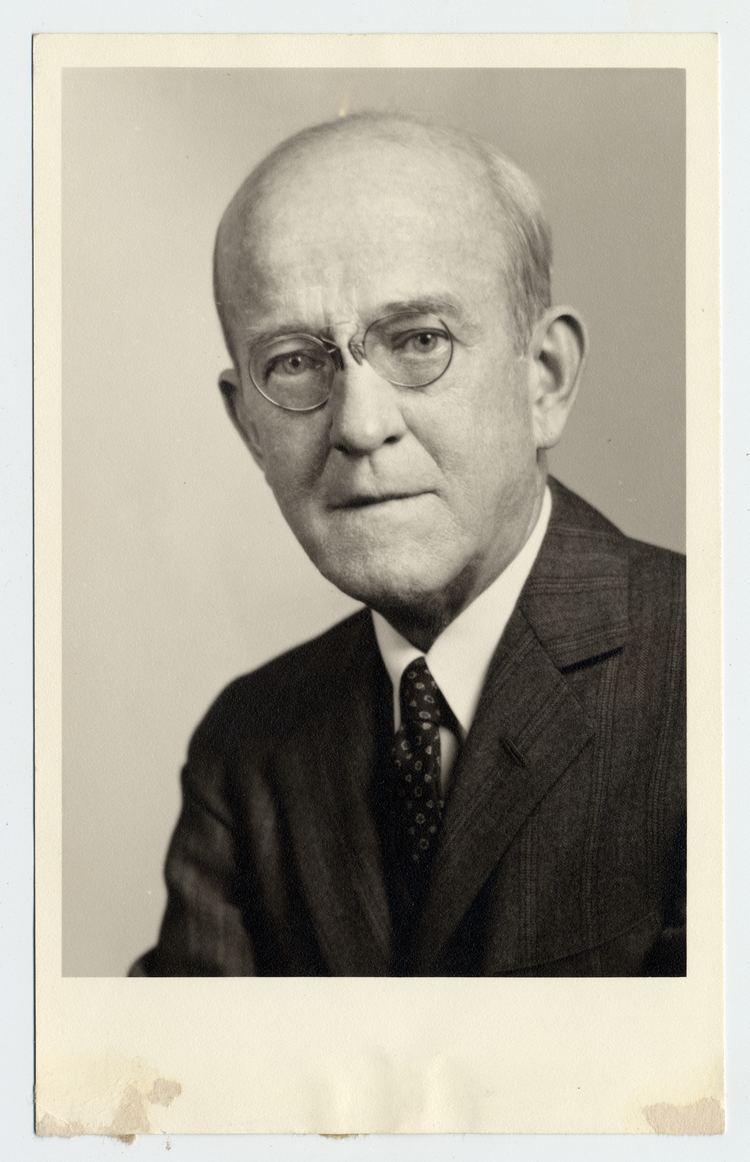Fields Molecular biology Name Oswald Avery | Role Physician Nationality American, Canadian | |
 | ||
Institutions Rockefeller University Hospital Known for Avery–MacLeod–McCarty experimentDNA transmits heredity Notable awards ForMemRSCopley Medal (1945) Parents Joseph Francis Avery, Elizabeth Crowdy Similar People | ||
Oswald avery and identification of the transformative agent
Oswald Theodore Avery Jr. ForMemRS (October 21, 1877 – February 20, 1955) was a Canadian-American physician and medical researcher. The major part of his career was spent at the Rockefeller University Hospital in New York City. Avery was one of the first molecular biologists and a pioneer in immunochemistry, but he is best known for the experiment (published in 1944 with his co-workers Colin MacLeod and Maclyn McCarty) that isolated DNA as the material of which genes and chromosomes are made.
Contents
- Oswald avery and identification of the transformative agent
- Oswald avery
- Breakthrough discovery
- References

The Nobel laureate Arne Tiselius said that Avery was the most deserving scientist to not receive the Nobel Prize for his work, though he was nominated for the award throughout the 1930s, 1940s, and 1950s.

The lunar crater Avery was named in his honor.

Oswald avery
Breakthrough discovery

For many years, genetic information was thought to be contained in cell protein. Continuing the research done by Frederick Griffith in 1927, Avery worked with MacLeod and McCarty on the mystery of inheritance. He had received emeritus status from the Rockefeller Institute in 1943, but continued working for five years, though by that time he was in his late sixties. Techniques were available to remove various organic compounds from bacteria, and if the remaining organic compounds were still able to cause R strain bacteria to transform then the substances removed could not be the carrier of genes. S-strain bacteria first had the large cellular structures removed. Then they were treated with protease enzymes, which removed the proteins from the cells before the remainder was placed with R strain bacteria. The R strain bacteria transformed, meaning that proteins did not carry the genes causing the disease. Then the remnants of the R strain bacteria were treated with a deoxyribonuclease enzyme which removed the DNA. After this treatment, the R strain bacteria no longer transformed. This indicated that DNA was the carrier of genes in cells.

Alfred Hershey and Martha Chase furthered Avery's research in 1952 with the Hershey–Chase experiment. These experiments paved the way for Watson and Crick's discovery of the helical structure of DNA, and thus the birth of modern genetics and molecular biology. Of this event, Avery wrote in a letter to his youngest brother Roy, a bacteriologist at the Vanderbilt School of Medicine: "It's lots of fun to blow bubbles but it's wiser to prick them yourself before someone else tries to."

Nobel laureate Joshua Lederberg stated that Avery and his laboratory provided "the historical platform of modern DNA research" and "betokened the molecular revolution in genetics and biomedical science generally".
